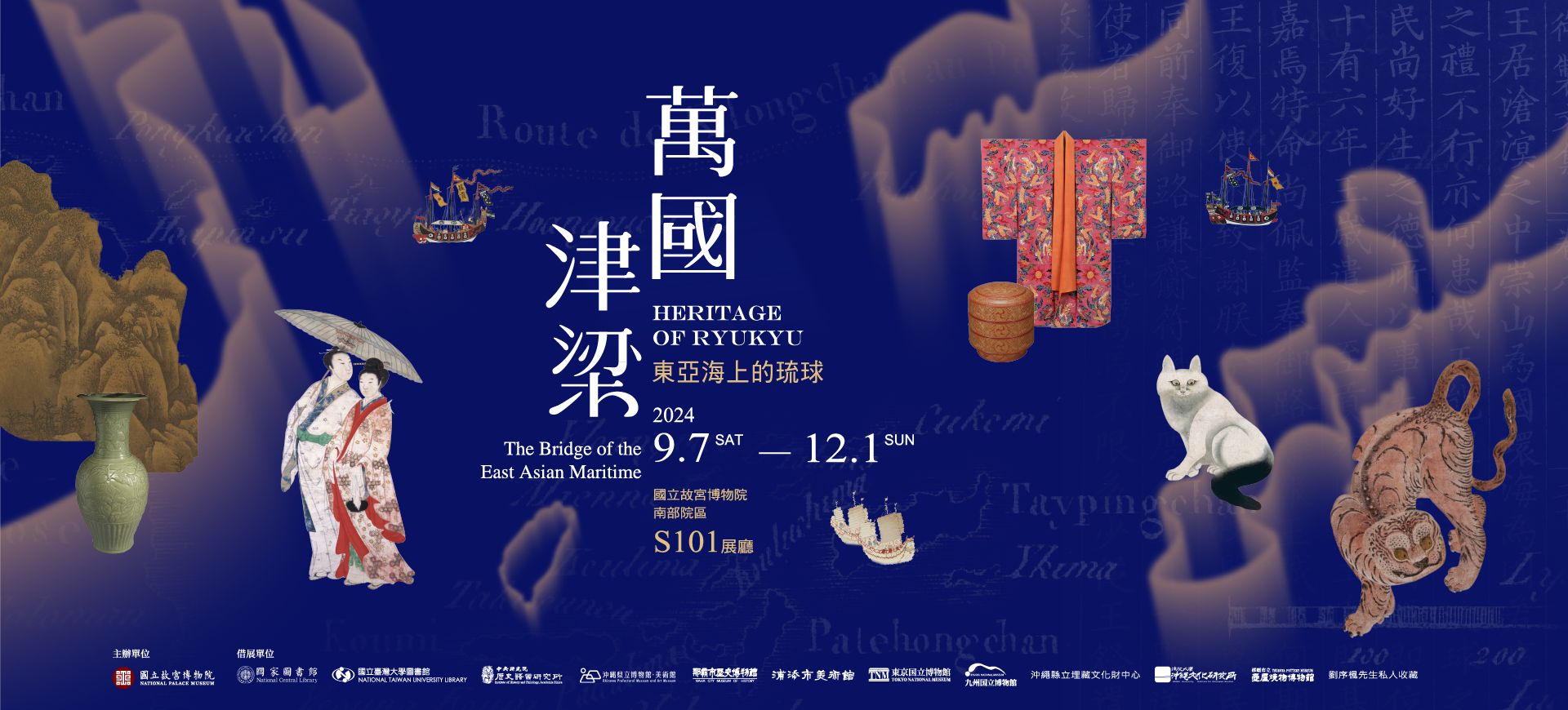Introduction
Ryukyu—now known as Okinawa—was located in the seas surrounding East Asia. Encircled on all sides by water, its northern neighbors were Japan and Korea, while Taiwan and Southeast Asia lay to its south, and the Chinese province of Fujian was a straight shot across the ocean to its west. Between the 15th and 19th centuries, after passing through a period of internecine warfare, this land was united as the “Ryukyu Kingdom.” For several centuries, Ryukyu interacted with its neighbors in China, Japan, Korea, Taiwan, and Southeast Asia. It served such important intermediary roles in East Asian maritime trade and regional cultural exchanges that it came to be known as “the bridge that links ten thousand countries.” At the same time, through its maritime trade and tributary relationships with neighboring countries, Ryukyu established its own geographically unique customs and a distinctive cultural character.
If we treat Ryukyu as the heart of a three-pointed star, we discover that its three beams reach to the lands of Japan, China, and Taiwan. For centuries, Ryukyu reflected the multifaceted dynamics of the East Asian world—these connections were made through official and unofficial channels, through commercial trade in goods and resources, through the strengthening and maintenance of tributary relationships, through the fostering of an intelligentsia and the exchanges it maintained, through the dissemination and innovation of arts and crafts techniques, and through responses to sailors shipwrecked or blown off course by storms. These factors interwove with one another, ushering in a golden era in the Ryukyu Kingdom, while also influencing the political and economic ups and downs of the Ryukyu Kingdom.
The central theme of “Heritage of Ryukyu” is flux. This special exhibition is divided into three sections: “Geography & Customs,” “Maritime Ryukyu & the East Asian World,” and “Circulation of Material Culture & Dissemination of the Arts.” In addition to meticulously selecting items from the Ming and Qing dynasties in the National Palace Museum’s collections that pertain to Ryukyu, we have also drawn from other important collections in Taiwan and abroad, obtaining representative works on loan that are displayed throughout the exhibition. By way of these historical documents and artefacts, “Heritage of Ryukyu” highlights the roles the kingdom played in exchanges and interactions in East Asia’s past, while also guiding museum visitors towards a deeper understanding of the ways Ryukyu’s history and culture developed.

